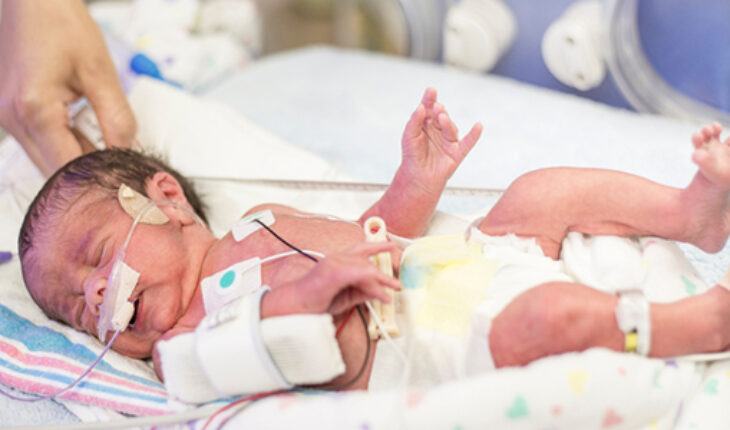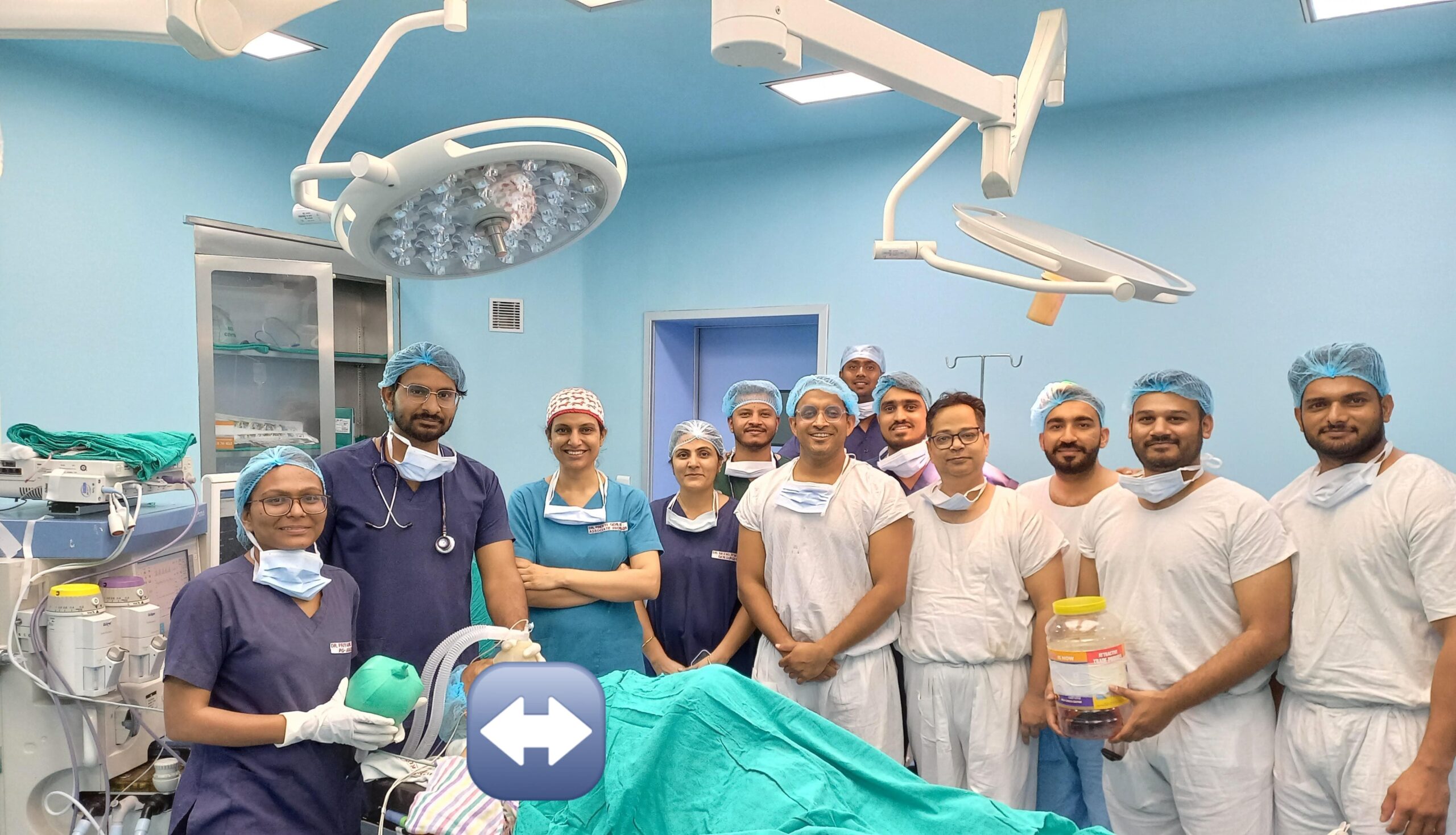New Delhi : For the first time in the country, doctors have used “SALSA technique” (Surfactant therapy) to save the lungs of a 36 week old premature baby girl at Sir Ganga Ram Hospital in Delhi.
Surfactant therapy has been the mainstay of treatment for pre-term newborns with respiratory distress syndrome. This therapy is the delivery of a special liquid into the immature lungs of newborn, premature babies suffering from breathing difficulty, doctors said.
Surfactant is a liquid produced by the lungs, which keeps the airways (alveoli) open, making it possible for human beings to breathe air. An unborn baby starts making surfactant at about 26 weeks of pregnancy, doctors said.
At the Sir Ganga Ram Hospital (SGRH), a case was reported recently in which doctors tried a technique called SALSA (Surfactant Administration through Laryngeal mask Supraglottic Airway) in a 36-week-old baby girl, the hospital said in a statement.
Doctors at the SGRH have claimed that this is “India’s first case of surfactant therapy using the SALSA technique in a pre-term baby to save lungs”.
This case study has been published in the latest edition of Current Medicine Research and Practice journal, it said.
Delivery of surfactant through “endotracheal intubation” has been the most commonly used technique. But there are two major problems associated with endotracheal intubation, one that it requires expertise and second that it is associated with complications, doctors at the hospital said.
In addition, there is also “an increased risk of chronic lung disease”, they said.
“A laryngeal mask airway is used to provide positive pressure breaths during resuscitation for newborns who do not cry at birth, and are difficult to intubate. “Recently, there have been some reports about the use of this device to deliver surfactant globally,” the statement said.
To overcome these problems, the department of neonatology at the SGRH, “for the first time in India, tried the technique, called SALSA” in the 36-week-old baby girl, the statement said.
According to Dr Satish Saluja, senior consultant, department of neonatology, at the hospital, “We report the first case from India of administration of surfactant through the laryngeal mask or supraglottic airway (SALSA) which is a minimally invasive method of delivering surfactant. This was also the first case in our institute to receive SALSA”.
He emphasised that when the Supraglottic Airway Device (SAD) is used to deliver surfactant, there are certain benefits, adding, that as the device does not require visualisation of the vocal cords, it is relatively fast and easy.
“The skills required for SALSA are meagre compared to the expertise needed for intubation,” he said.
This is proven by the fact that in the SGRH’s case, the procedure was performed by a resident following a short training by experts. In addition, there is “less chance of physiological instability during placement, as well as the need for premedication”, he added.
“During the procedure, the baby maintained her heart rate and oxygen saturation. The baby was removed from nCPAP respiratory support after 17 hours, and was discharged on the fifth day of life,” the statement said.
Surfactant therapy in “pre-term neonates with Respiratory Distress Syndrome (RDS) has decreased morbidity and mortality”.
Surfactant, also called surface-active agent, is a substance such as a detergent that, when added to a liquid, reduces its surface tension, thereby increasing its spreading and wetting properties.
Surfactants used in this manner are typically instilled directly into the trachea. As a premature baby comes out of the womb and the lungs are not fully developed yet, they require administration of surfactant. This is to open the lung alveoli and allow gas exchange for oxygen and help the baby survive, doctors said.
Till now delivery of surfactant was done through endotracheal intubation. But this is associated with many problems like respiratory morbidity and bronchopulmonary dysplasia, they said.






